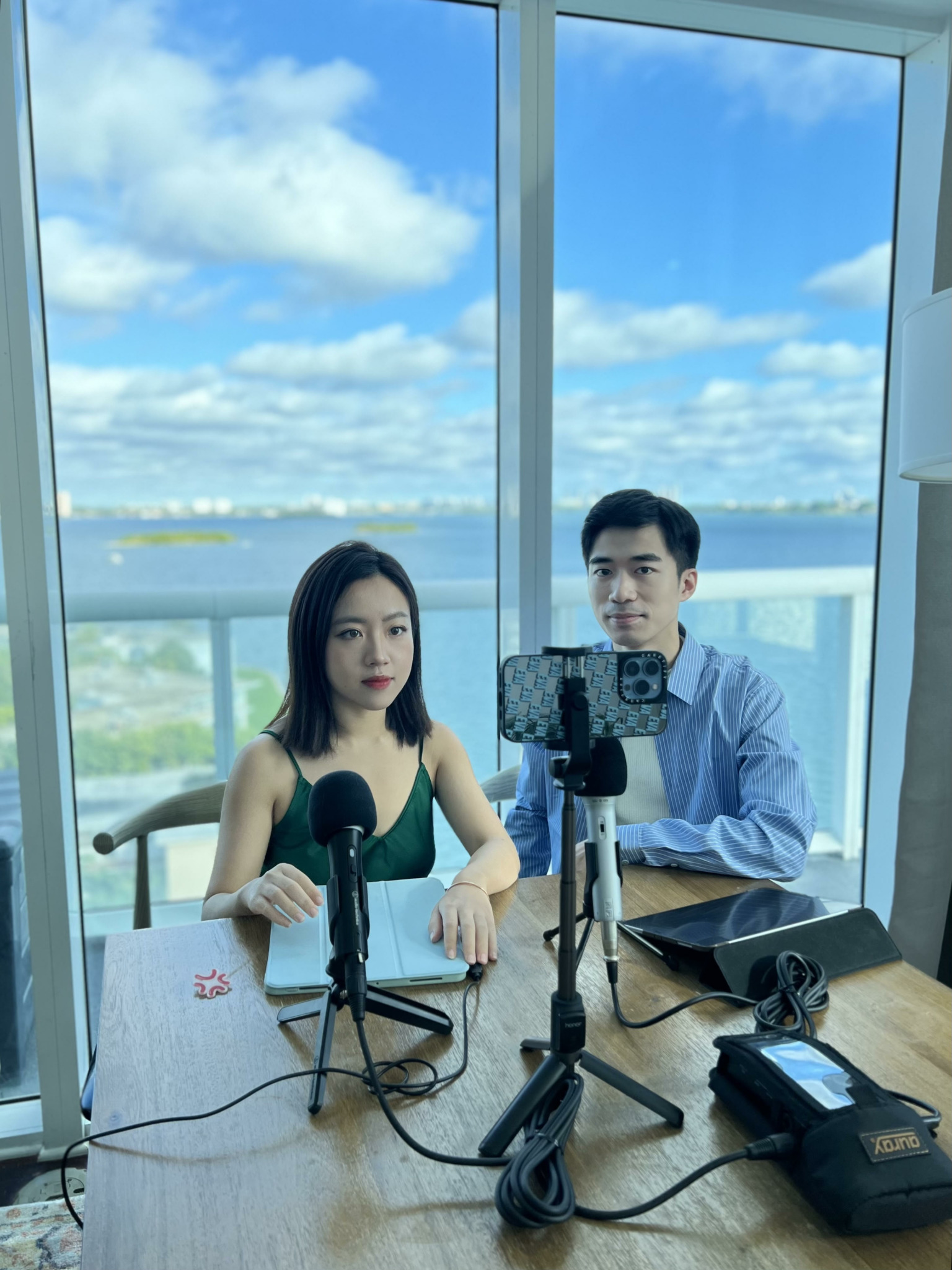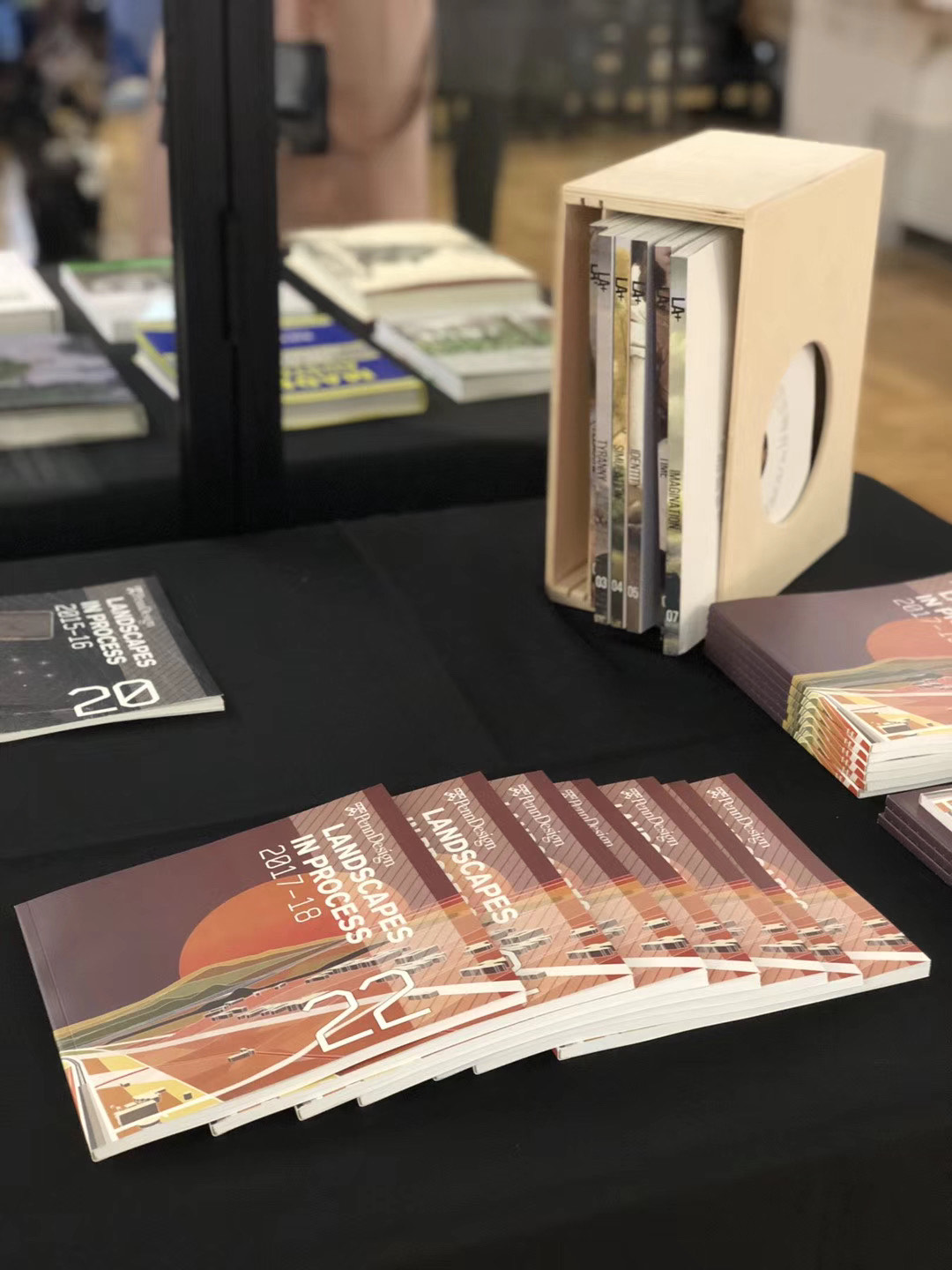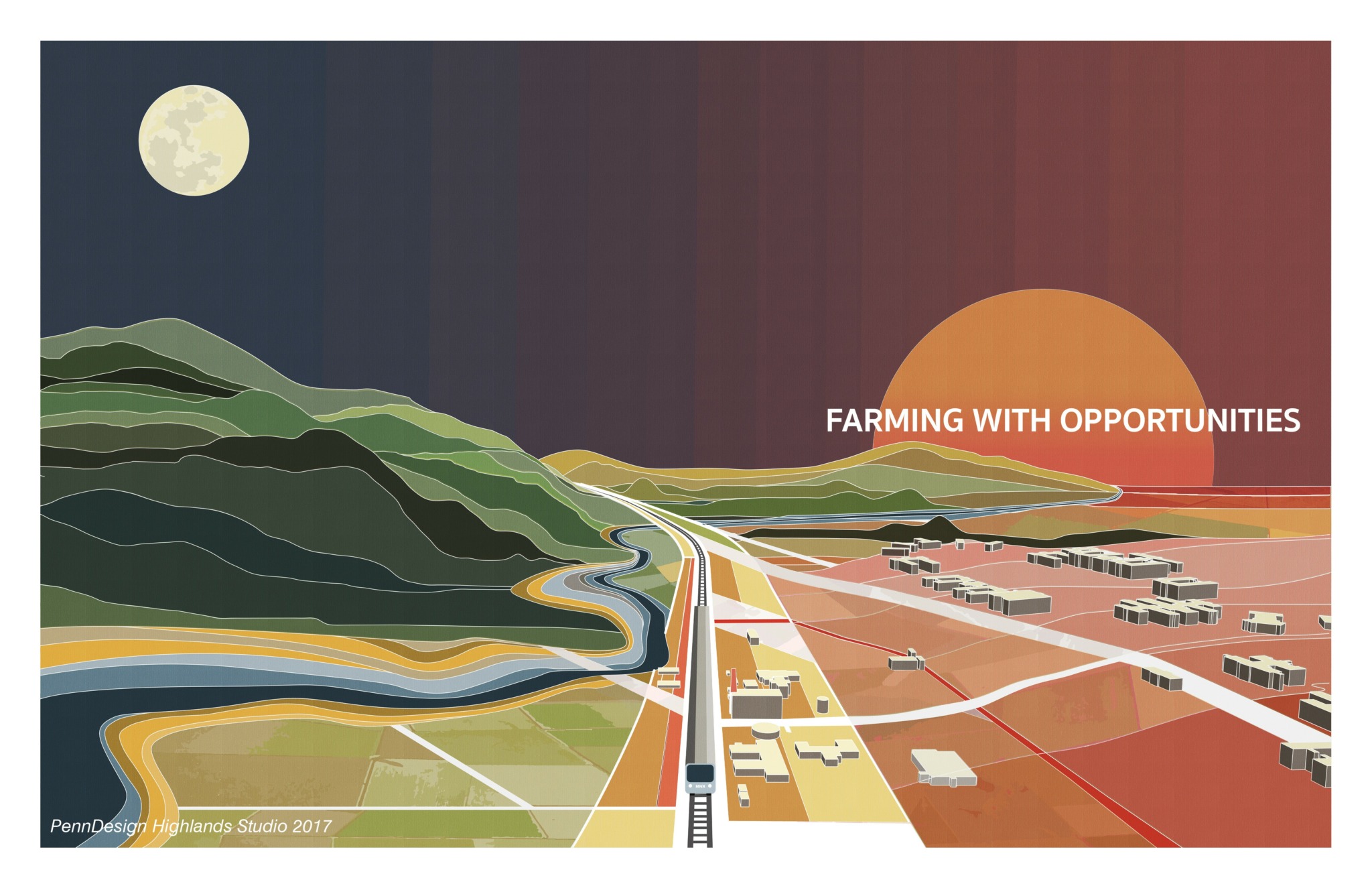We’re excited to introduce you to the always interesting and insightful Yifan Cai. We hope you’ll enjoy our conversation with Yifan below.
Alright, Yifan thanks for taking the time to share your stories and insights with us today. Let’s talk about innovation. What’s the most innovative thing you’ve done in your career?
Innovation in my career has often meant finding ways to apply new technologies to make the design process smarter, more creative, and more impactful. During the pandemic, when traditional collaboration wasn’t possible, I began experimenting with Procreate on the iPad. At the time, our workflow still relied heavily on high-performance computers, expensive software, and constant redrawing on paper. I developed a new workflow that allowed us to sketch, iterate, and share ideas more freely. This method not only reduced redundant work, but also gave designers a more intuitive way to communicate design intent. With the support of my supervisor, I was invited to lecture and train the entire office, and over time this workflow became a common method in our firm. Today, it is used across some of our most important projects worldwide, including nearly 20 mixed-use developments in Saudi Arabia, the Ontario Empire Hotel, the Vietnam Hanoi New City Masterplan, and internationally recognized entertainment parks.
Another example came when I developed a landscape toolkit and database of design prototypes while working on nearly 20 development sites across 14 cities. The challenge was how to create a consistent design language across projects while still respecting local differences. By systematizing landscape elements into adaptable prototypes, I gave our four project teams a shared resource that improved efficiency and raised the overall design quality. This toolkit has since been applied to high-profile projects such as the Sanya International Duty Free Complex and other large-scale international developments.
For me, innovation is about combining creativity with technology and methodology—finding new ways of working that allow ideas to be realized more efficiently, more consistently, and with greater impact at a global scale.
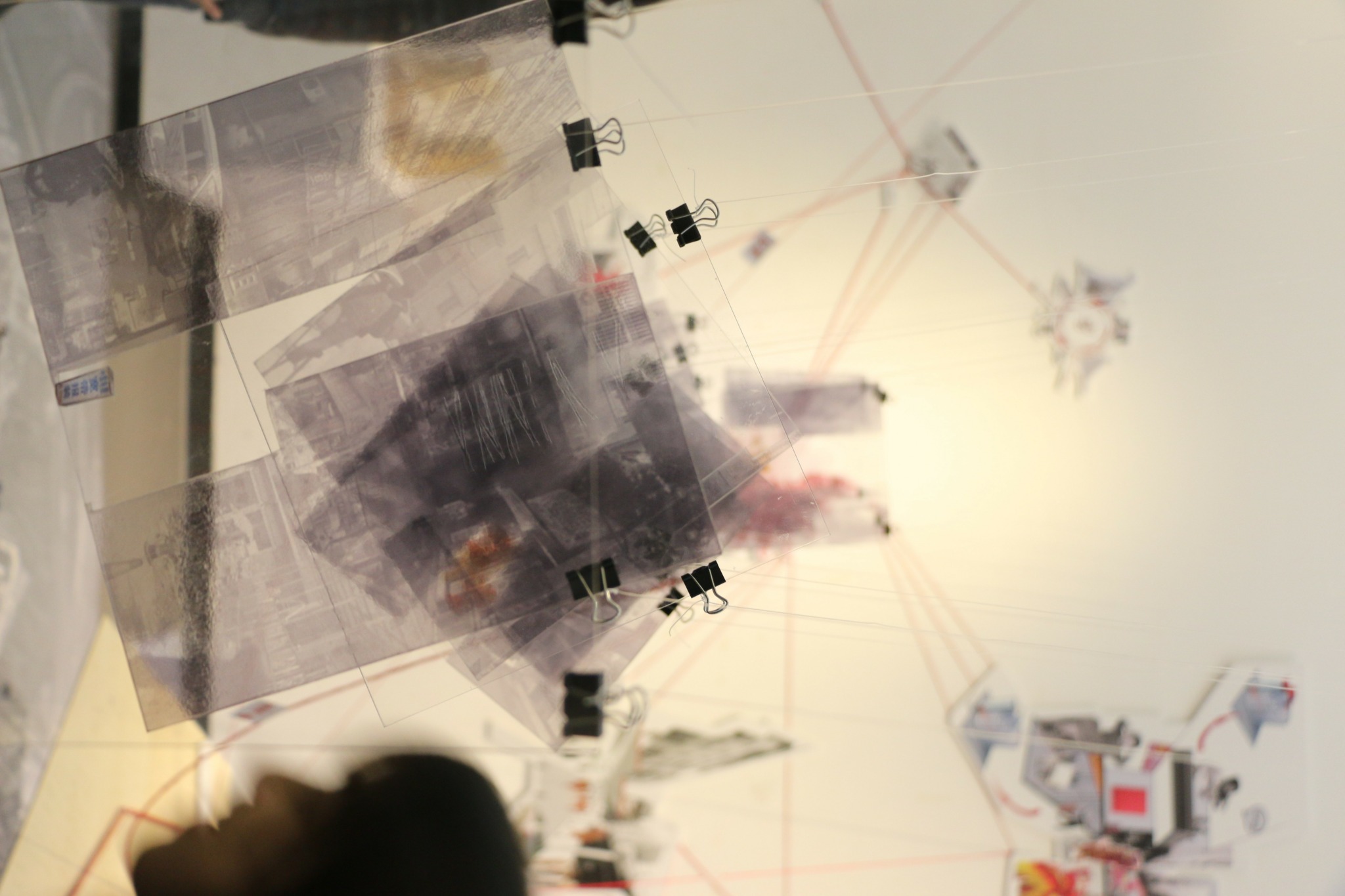

Great, appreciate you sharing that with us. Before we ask you to share more of your insights, can you take a moment to introduce yourself and how you got to where you are today to our readers.
I am a landscape designer at SWA Group, a global design practice where I focus on large-scale international projects that shape cities and public spaces. My journey into this profession began with my love of art and painting as a child, and growing up in an oceanfront city where I developed a deep connection with water. Observing the power and rhythm of waves not only inspired me artistically, but also sparked a lifelong fascination with how water shapes geography, culture, and human life. That passion naturally evolved into landscape architecture, where I could combine creativity, ecology, and urban design.
In my role, I work on projects all over the world—from Asia to Europe, North America, and the Middle East. Many of these are complex, large-scale developments that require balancing cultural context, climate, geography, and technical feasibility. I believe that landscape design itself is a system: it weaves together nature, people, infrastructure, and culture into one coherent whole. That’s why I’ve focused not only on creating good designs for individual projects, but also on developing systematic approaches that can be applied more broadly. For example, I built a landscape toolkit and prototype database while working on nearly 20 mixed-use development sites across 14 cities. This toolkit gave our four project teams a consistent design language while still allowing local adaptation, and it has since been applied to high-profile projects such as the Sanya International Duty Free Complex.
Another innovation I’m proud of is the Procreate workflow I created during the pandemic. At a time when traditional collaboration was difficult, I developed a system using the iPad that allowed us to sketch, iterate, and communicate ideas more fluidly. This workflow eliminated redundant steps, gave designers more creative freedom, and made our intent clearer to clients. Today, it is widely used across our firm and has been applied to some of our most important projects, including nearly 20 mixed-use developments in Saudi Arabia, the Ontario Empire Hotel, the Vietnam New City Masterplan, and internationally recognized entertainment parks.
What sets me apart is not only my focus on design quality, but also my drive to connect landscape architecture with broader creative and technological fields. I co-authored AI Architecture Essentials: From ChatGPT to AIGC in 2024, one of the first books to explore how AI can be used in architecture and landscape design. I also host a podcast, Collage Talk, which has released over 60 episodes featuring conversations with creative voices from around the world. Both the book and the podcast reflect my belief that innovation comes from curiosity and cross-disciplinary exchange.
What I am most proud of is that my work has had both artistic and practical impact—combining creativity with systems thinking, and cultural storytelling with technical rigor. I want potential clients and collaborators to know that I approach every project not only as a designer, but as someone committed to making landscapes that are meaningful, efficient, and enduring. For me, landscape design is about more than creating spaces—it’s about creating systems of connection between people, culture, and the environment on a global scale.


Any stories or insights that might help us understand how you’ve built such a strong reputation?
I think what has helped me build my reputation is curiosity and a willingness to engage with people far beyond my own discipline. I talk not only with designers in my firm, but also with creatives from other fields—interior designers, UX designers, actresses, and curators. Even though we may not be in the same profession, these conversations often spark unexpected ideas and allow me to see my own work from different perspectives.
That openness has naturally led to more exposure. I’ve been invited to give lectures at universities, and I participated in exhibitions such as the 2017 UABB Biennale in Shenzhen. Each of these opportunities expanded my network and visibility, and over time, they helped me establish a reputation not only as a landscape designer, but as someone interested in connecting design with a broader cultural and creative dialogue.
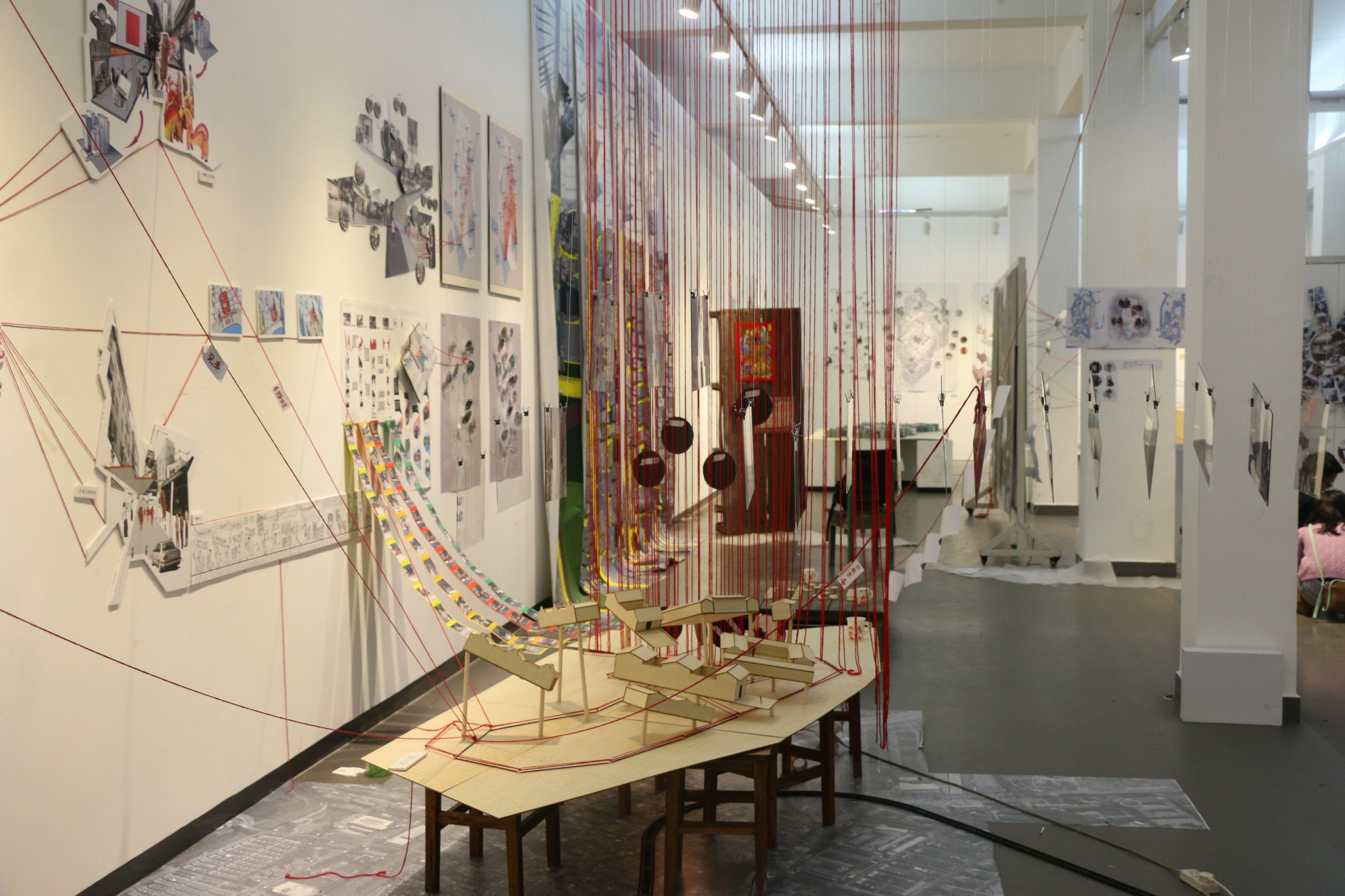
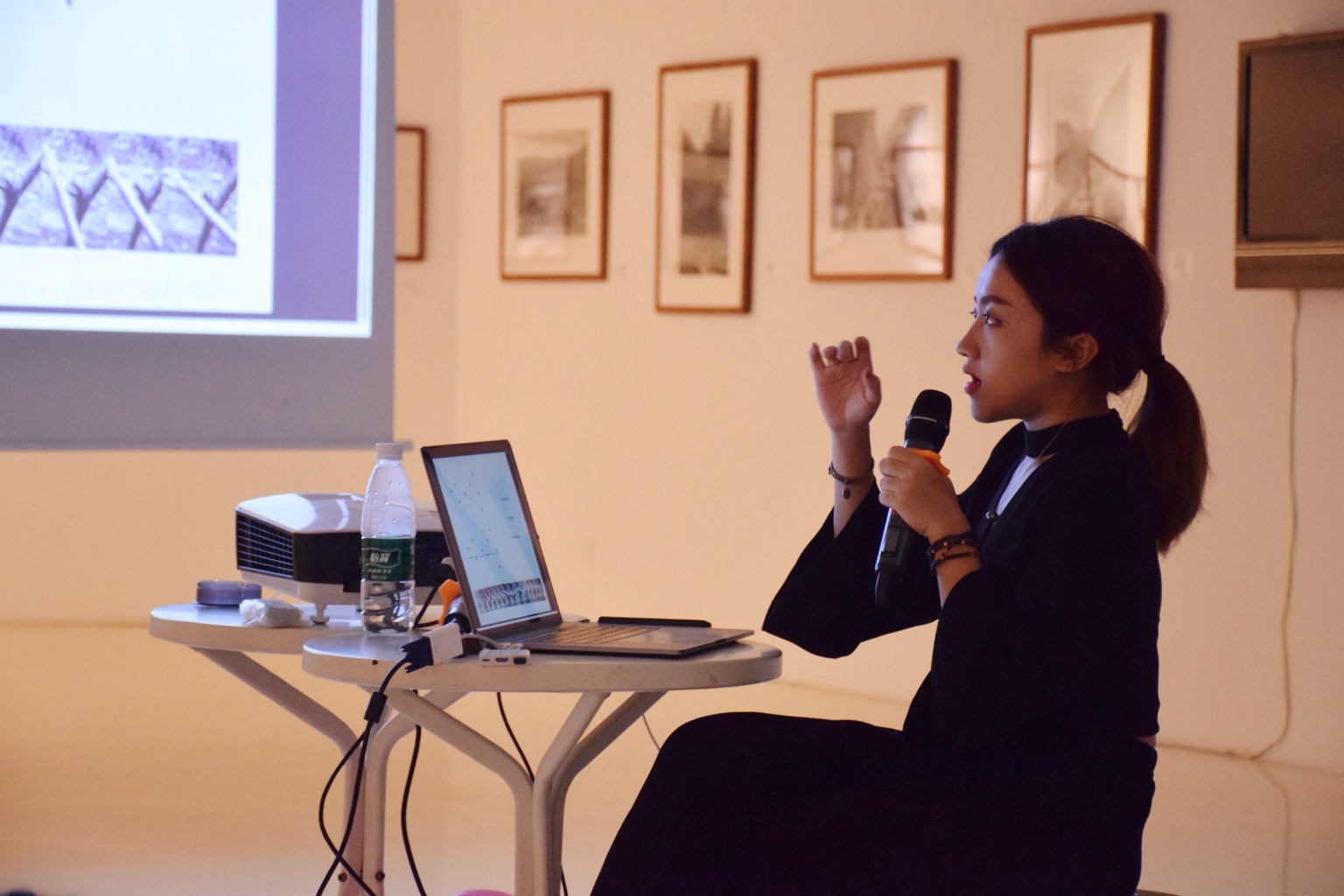
For you, what’s the most rewarding aspect of being a creative?
For me, the most rewarding aspect of being a creative is the opportunity to constantly learn. Through my projects, I’ve had the chance to study the culture, history, and natural landscapes of countries all around the world. Each site carries its own story—whether it’s how water shapes daily life, how a community relates to its land, or how traditions influence the use of space. Engaging with these layers has expanded my vision far beyond design itself.
This exposure not only deepens my understanding of the world, but also enriches my creativity. I get to connect ideas across cultures and disciplines, and translate them into design solutions that are meaningful to people in very different contexts. That process of discovery and transformation—of learning something new about a place and then shaping it into an experience through design—is what makes the work endlessly inspiring and rewarding for me.
Contact Info:
- Website: https://podcasts.apple.com/us/podcast/%E5%8F%A3%E5%A4%B4%E6%8B%BC%E8%B4%B4/id1550654181
- Instagram: https://www.instagram.com/fluidwitheva/
